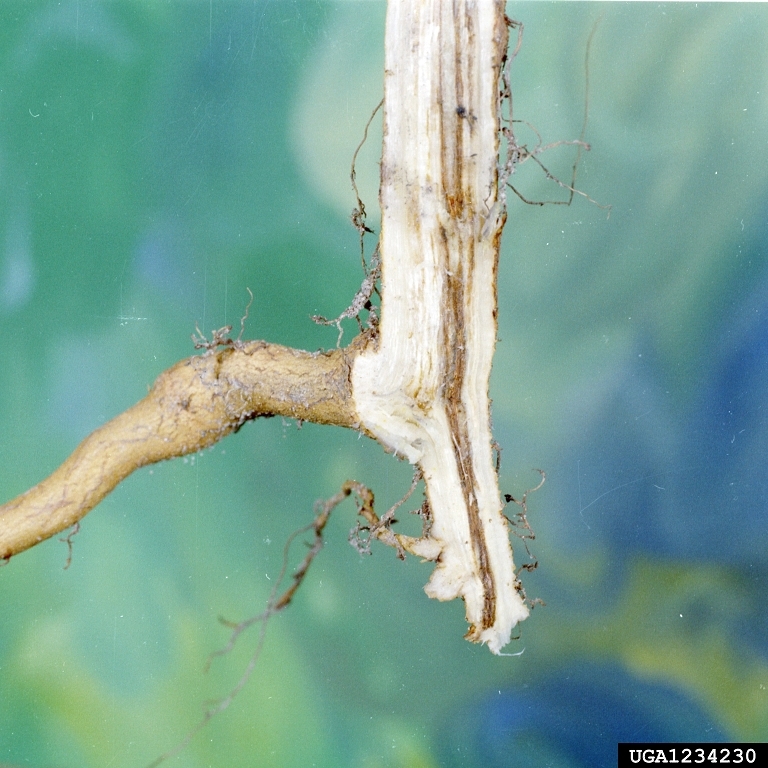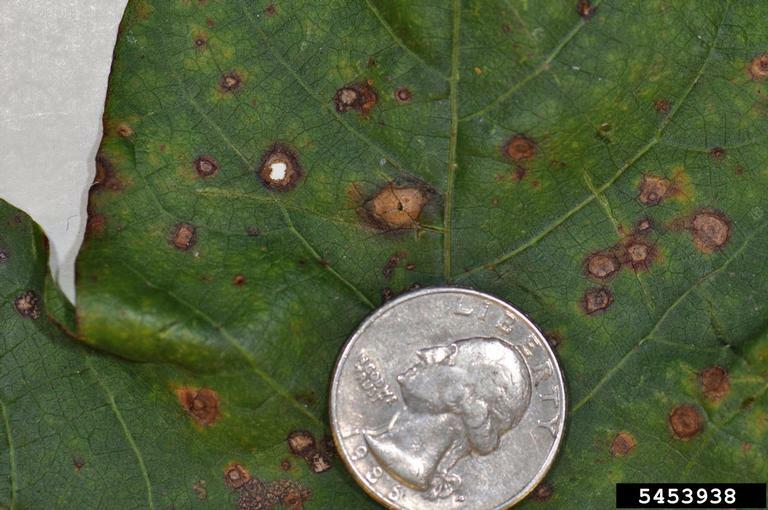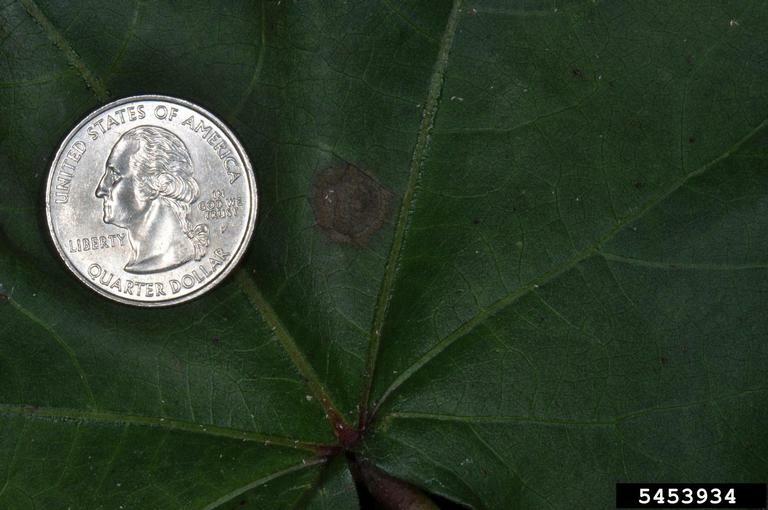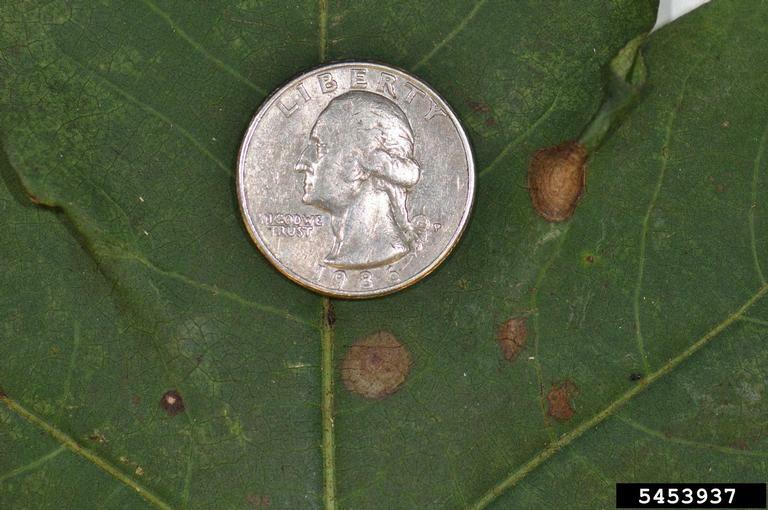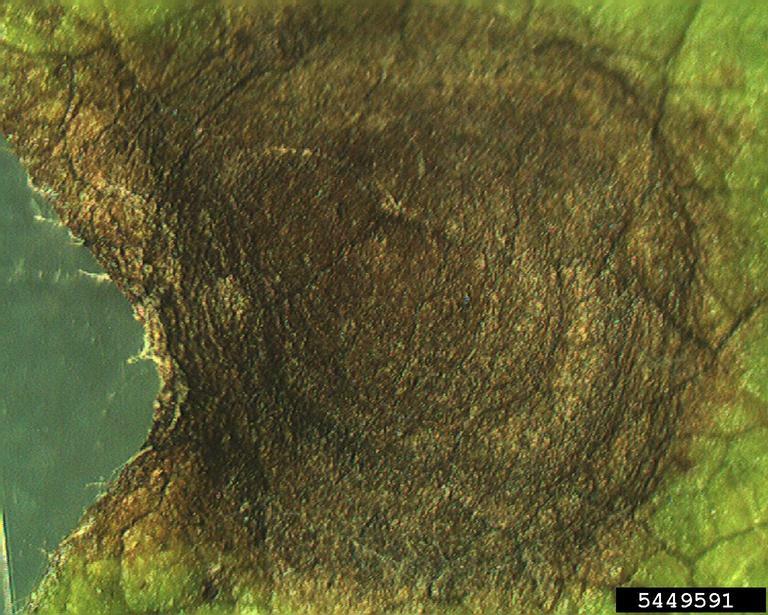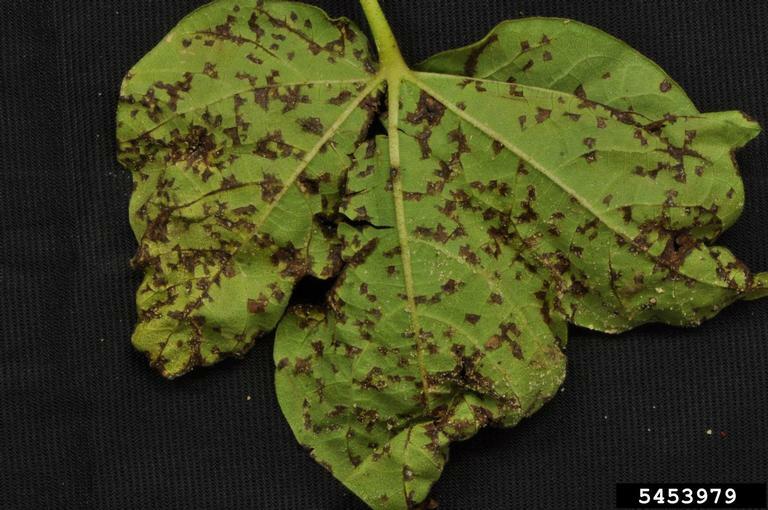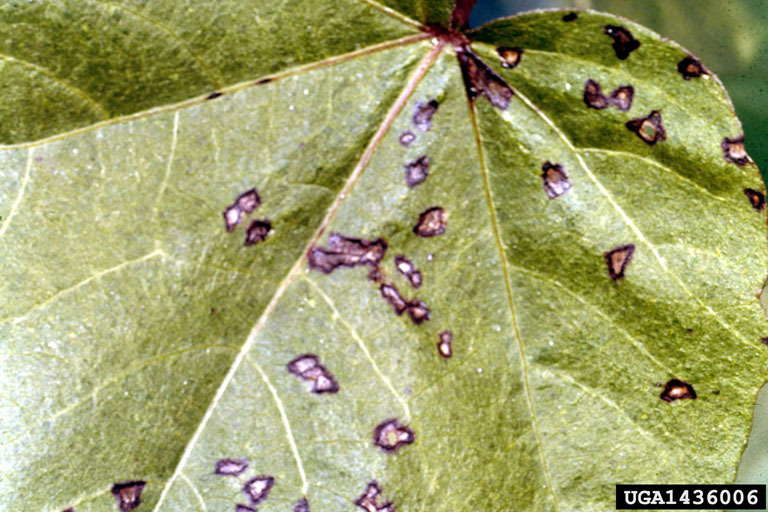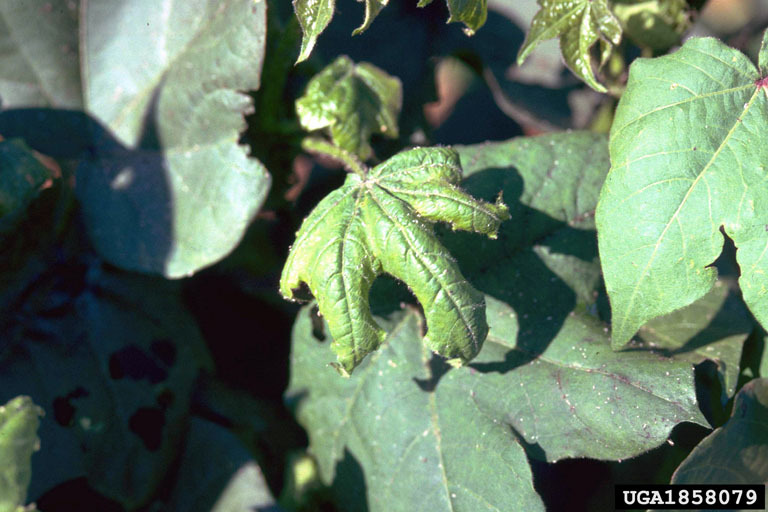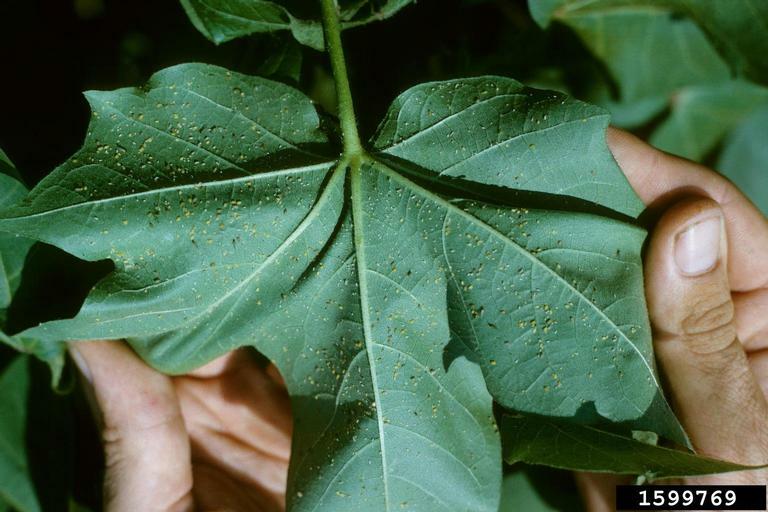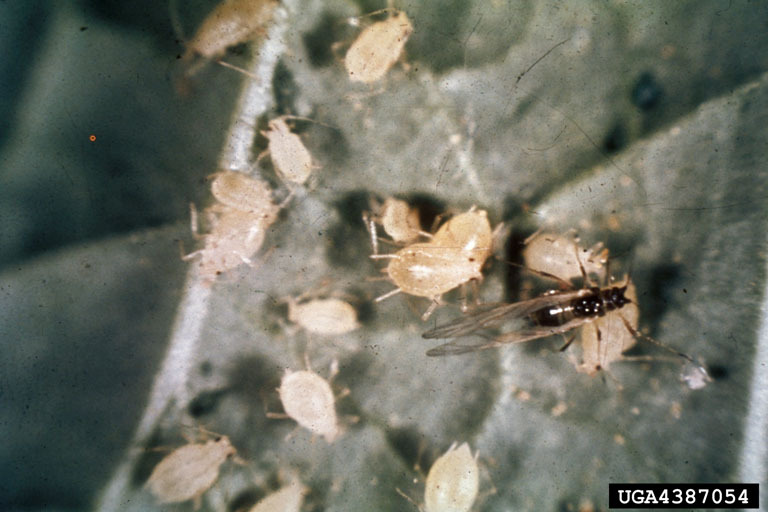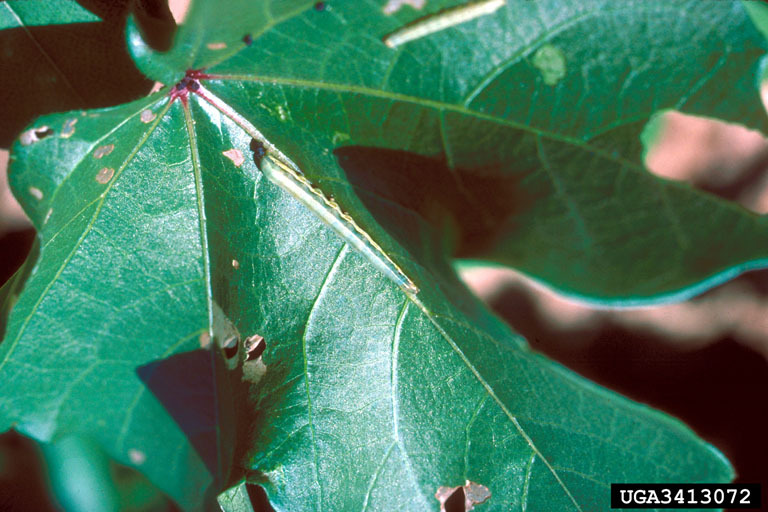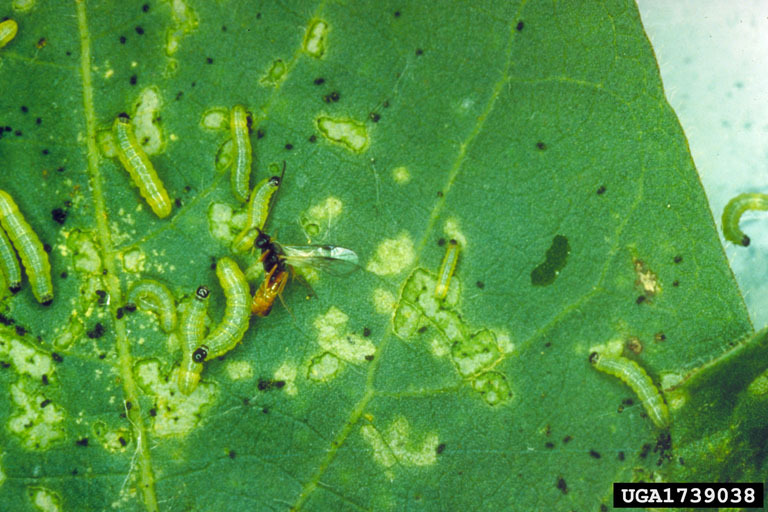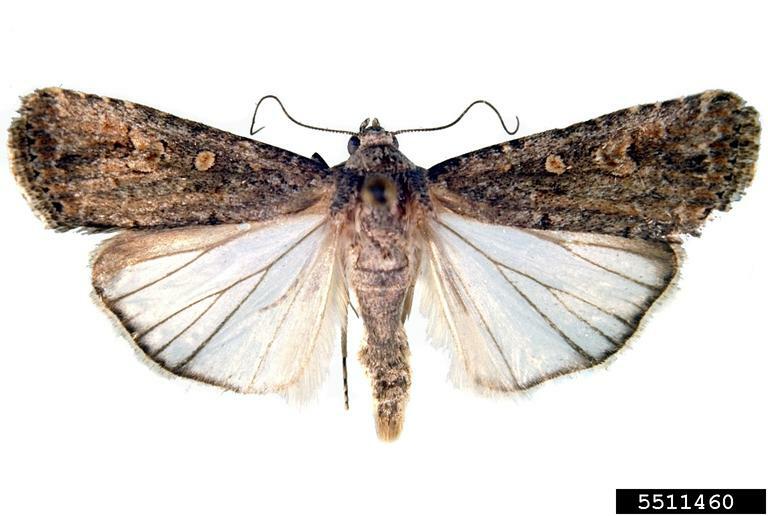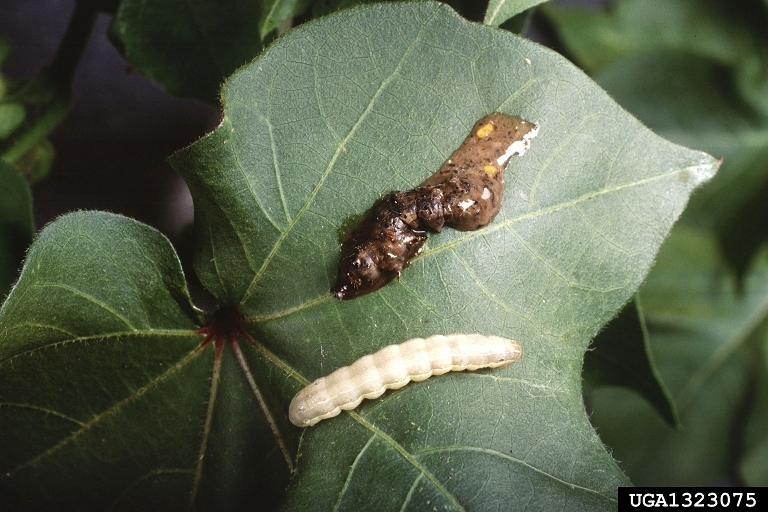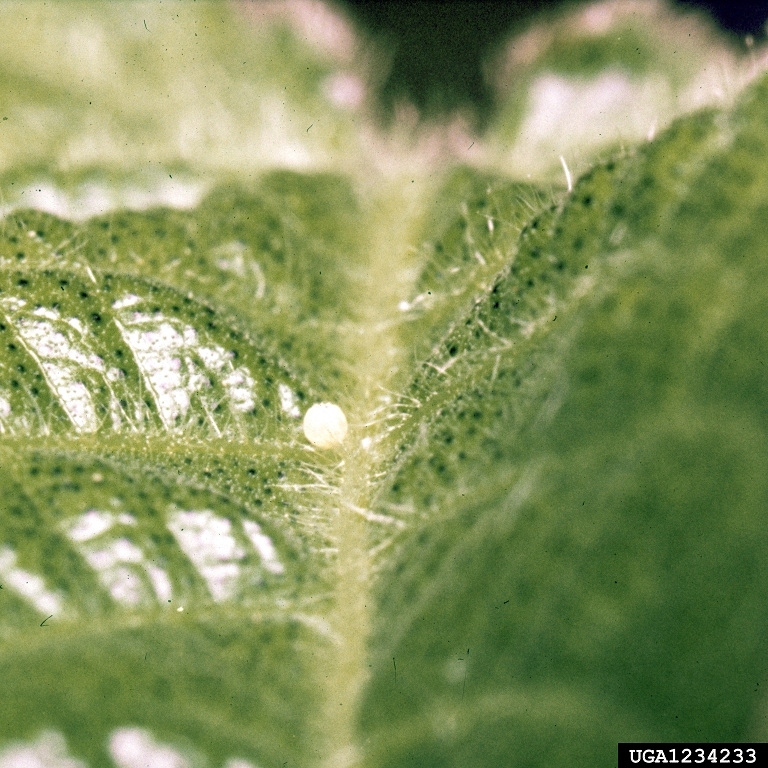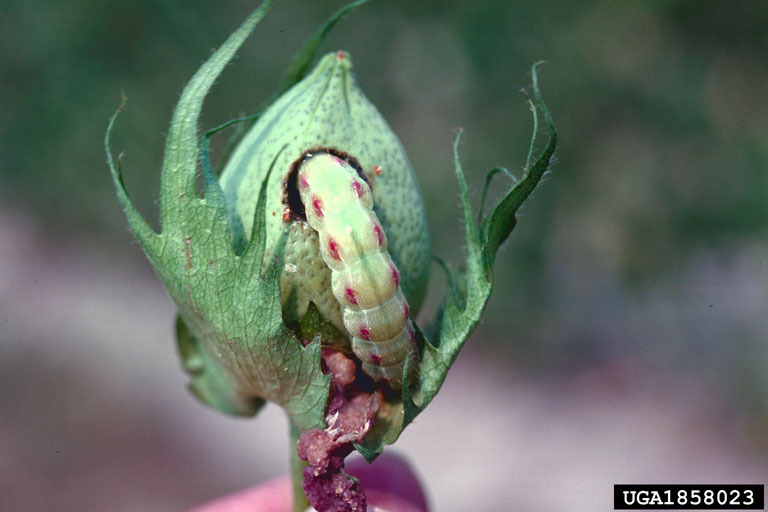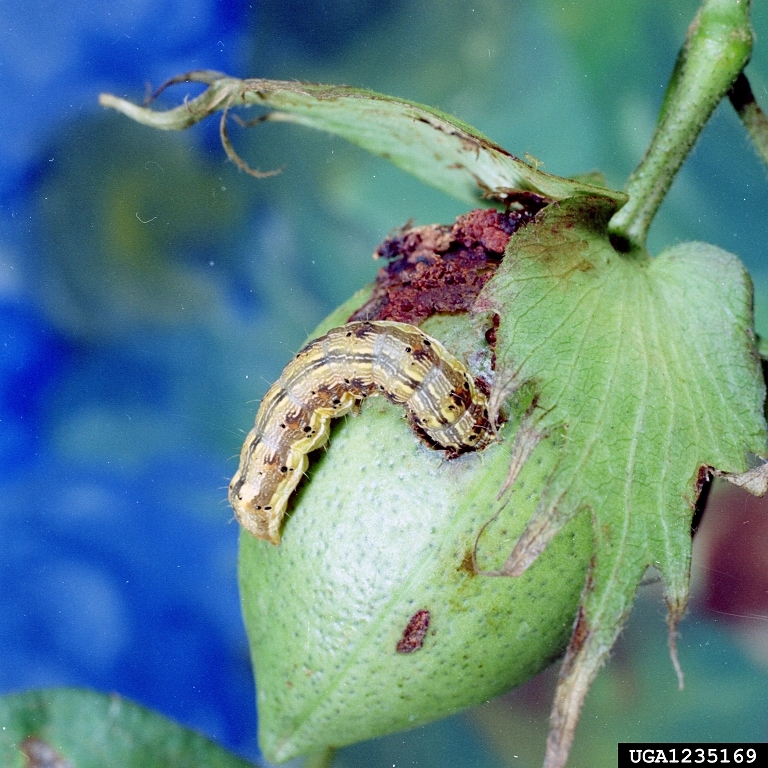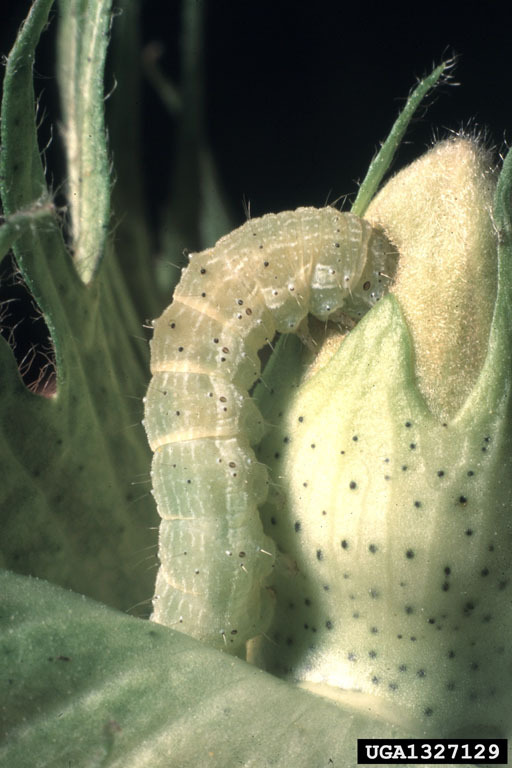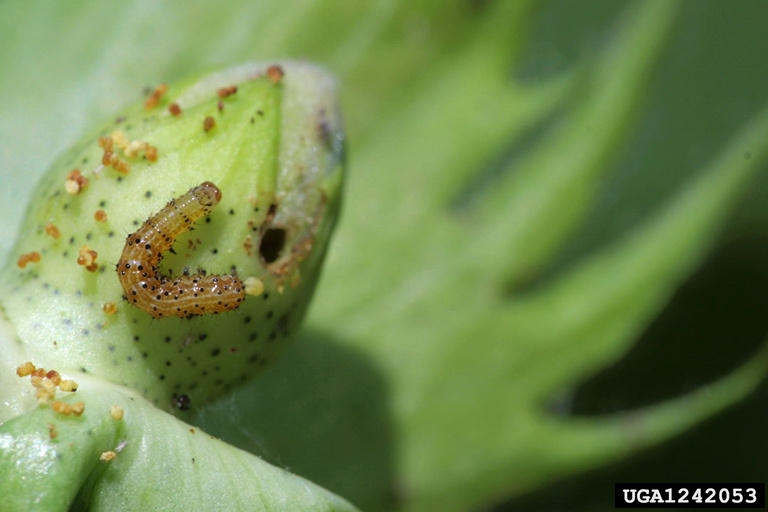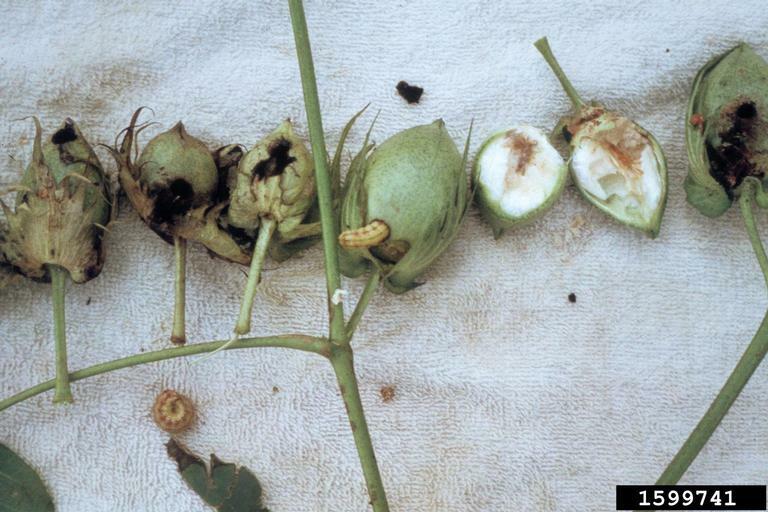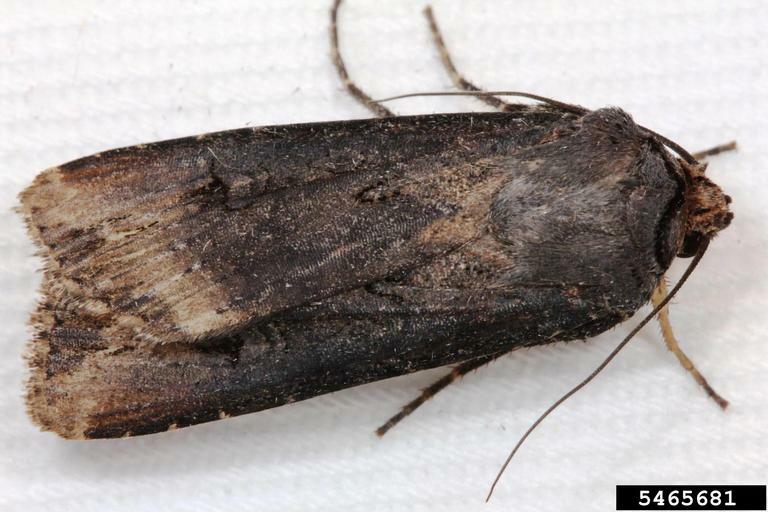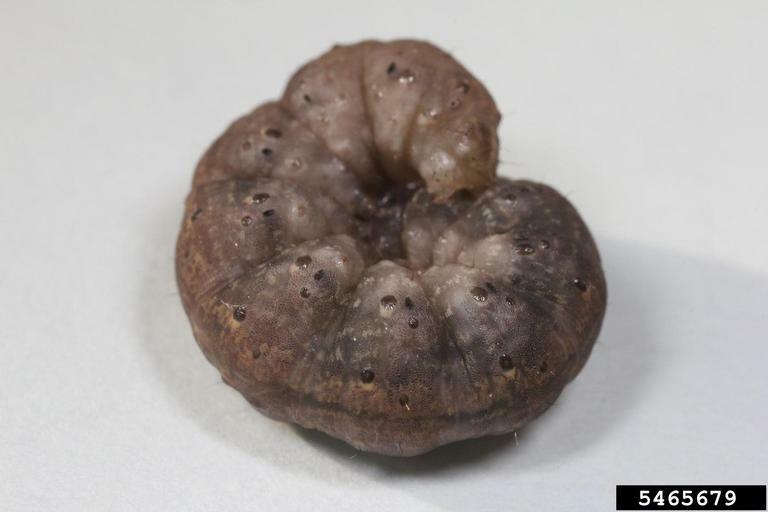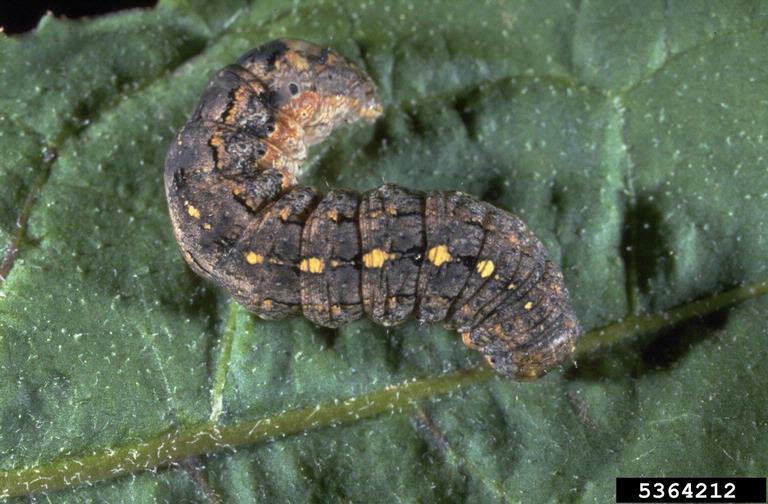Cotton
Content
Content
Description
Uses
Propagation
References
Common Pests and Diseases
Diseases
Category : Fungal
Alternaria leaf spot Alternaria macrospora
Symptoms
Small, circular brown lesions on cotyledons and seedling leaves which expand and develop a concentric pattern; necrotic areas coalesce and often have a purple margin; centers of lesions may dry out and drop form the plant creating a "shot-hole" appearance on the leaves.
Cause
Fungus
Comments
Plants stressed by drought, nutrient deficiency and other pests are more susceptible to the disease; fungus spreads rapidly in dense canopies, especially during periods of warm, wet weather.
Management
Plow crop residue into the soil to reduce inoculum levels; provide plants with adequate irrigation and nutrients, particularly potassium; applications of appropriate foliar fungicides may be required on susceptible cultivars.Asochyta blight Asochyta gossypii
Symptoms
Brown or gray spots on leaves surrounded by a red halo; elongated red-purple cankers on stems cause the wilting and death of leaves above.
Cause
Fungus
Comments
Disease emergence is favored by cool, wet weather.
Management
No fungicides are currently registered for use in cotton; plow crop debris into soil after harvest; crop rotation has little to no effect of control of disease.Cercospora leaf spot Cercospora gossypina
Symptoms
Circular red lesions on leaves which enlarge and turn white or gray in the center; lesions often have a pattern of concentric rings and possess a red margin; dark gray spore masses form in the centers of the lesions making them appear dark gray.
Cause
Fungus
Comments
Fungus overwinters in crop debris from previous growing season; commonly found alongside Alternaria leaf spot and other foliar disease.
Management
Plow crop residue into the soil to reduce inoculum levels; provide plants with adequate irrigation and nutrients; applications of appropriate foliar fungicides may be required on susceptible cultivars.Fusarium wilt Fusarium oxysporum
Symptoms
Wilting of cotyledons and seedling leaves; cotyledons become chlorotic at the edges and then necrotic; older plants exhibit symptoms of wilting and leaf chlorosis; wilting is usually gradual but may be pronounced after heavy summer rain; if infection is severe plants become stunted and may be killed; vascular system of infected plants becomes discolored and can be seen by cutting the stem.
Cause
Fungus
Comments
Disease emergence is favored by warm temperatures; fungus may be introduced to field through infected seed or by contaminated equipment and human movement.
Management
Use on certified, disease-free seed; plant varieties with higher resistance to the disease in areas with a history of Fusarium diseases; fumigating the soil may reduce disease incidence.Target spot Corynespora cassiicola
Symptoms
The symptoms can be found on leaves, boll bracts and on bolls. Initially the appearance of small chocolate brown spots which later enlarge to become circular to irregular spot with target markings. The symptoms are mainly seen in the lower canopy. Typically the infected leaves retain their green color or green yellow color. Under severe conditions leaf and flower drop may occur.
Cause
Fungus
Comments
The pathogen also infects cucumber, sweet potato, soybean and tomato. It will cause severe loss if pathogen infect at flowering stage. The disease is common in Southeastern cotton producing states of USA. The target spot is confused with leaf spot caused by Cercospora spp. Stemphyllium spp. or Alternaria spp. But this spot is surrounded by reddish to purplish margin.
Management
Use available resistant varieties. Follow crop rotation. Spray suitable fungicide.Category : Bacterial
Bacterial blight/angular leaf spot of cotton
Xanthomonas axonopodis pv. malvacearum
Earlier Xanthomonas citri ssp. malvacearum
Symptoms
Water-soaked spots on leaves which are delimited by leaf veins, giving them an angular appearance; lesions increase in size and turn black and necrotic; leaves drop from the plant; disease may also cause elongated gray-black lesions extending from the leaves to petioles and stem which are known as the "blackarm" phase; severe blackarm symptoms may cause the stem to be girdled; water-soaked lesions may be present on bolls; boll lesions enlarge and become sunken and brown-black in color.
Cause
Bacterium
Comments
Disease if often introduced to cotton fields by infested seeds.
Management
The use of resistant cotton varieties is the most effective method of controlling the disease; cultural practices such as plowing crop residue into soil after harvest can also limit disease emergence.Pests
Category : Insects
Aphids (Cotton aphid) Aphis gossypii
Symptoms
Small soft bodied insects on underside of leaves and/or stems of plant; usually green or yellow in color, but may be pink, brown, red or black depending on species and host plant; if aphid infestation is heavy it may cause leaves to yellow and/or distorted, necrotic spots on leaves and/or stunted shoots; aphids secrete a sticky, sugary substance called honeydew which encourages the growth of sooty mold on the plants.
Cause
Insect
Comments
Honeydew excreted by aphids promotes growth of mold. This honeydew also attarcts ants which then protect the aphids from natural enemies and even move aphids to other parts of the plants and even other plants.
Management
If aphid population is limited to just a few leaves or shoots then the infestation can be pruned out to provide control; check transplants for aphids before planting; use tolerant varieties if available; reflective mulches such as silver colored plastic can deter aphids from feeding on plants; sturdy plants can be sprayed with a strong jet of water to knock aphids from leaves; insecticides are generally only required to treat aphids if the infestation is very high - plants generally tolerate low and medium level infestation; insecticidal soaps or oils such as neem or canola oil are usually the best method of control; always check the labels of the products for specific usage guidelines prior to use.Armyworm Spodoptera exigua
Symptoms
Holes in bracts associated with bolls; heavy feeding by young larvae leads to skeletonized leaves; shallow, dry wounds on fruit; egg clusters of 50-150 eggs may be present on the leaves; egg clusters are covered in a whitish scale which gives the cluster a cottony or fuzzy appearance; young larvae are pale green to yellow in color while older larvae are generally darker green with a dark and light line running along the side of their body and a pink or yellow underside.
Cause
Insect
Comments
Insect can go through 3–5 generations a year.
Management
Organic methods of controlling armyworms include biological control by natural enemies which parasitize the larvae and the application of Bacillus thuringiensis; there are chemicals available for commercial control but many that are available for the home garden do not provide adequate control of the larvae.Cotton bollworm Helicoverpa zea
Symptoms
Holes chewed in bases of bolls and insect frass around holes;oung caterpillars are cream-white in color with a black head and black hairs; older larvae may be yellow-green to almost black in color with fine white lines along their body and black spots at the base of hairs; eggs are laid singly on both upper and lower leaf surfaces and are initially creamy white but develop a brown-red ring after 24 hours and darken prior to hatching.
Cause
Insect
Comments
Adult insect is a pale green to tan, medium sized moth; insect is also very damaging pests of corn; insect overwinters as pupae in the soil.
Management
Monitor plants for eggs and young larvae and also natural enemies that could be damaged by chemicals; Bacillus thuringiensis or Entrust SC may be applied to control insects on organically grown plants; appropriate chemical treatment may be required for control in commercial. plantations.
Cutworms (Black cutworm, Variegated cutworm)
Agrotis ipsilon
Peridroma saucia
Symptoms
Stems of young seedlings may be severed at soil line; larvae causing the damage are usually active at night and hide during the day in the soil at the base of the plants or in plant debris of toppled plant; larvae are 2.5–5.0 cm (1–2 in) in length; larvae may exhibit a variety of patterns and coloration but will usually curl up into a C-shape when disturbed.
Cause
Insect
Comments
Insects outbreak favored by a cool, wet spring following a mild winter; cutworms have a wide host range and attack vegetables including asparagus, bean, cabbage and other crucifers, carrot, celery, corn, lettuce, pea, pepper, potato and tomato.





















